NICOLA CARPENTER looks back at the time Victorian London was overflowing with its dead and they built the London Necropolis Railway Station to sort the problem out!
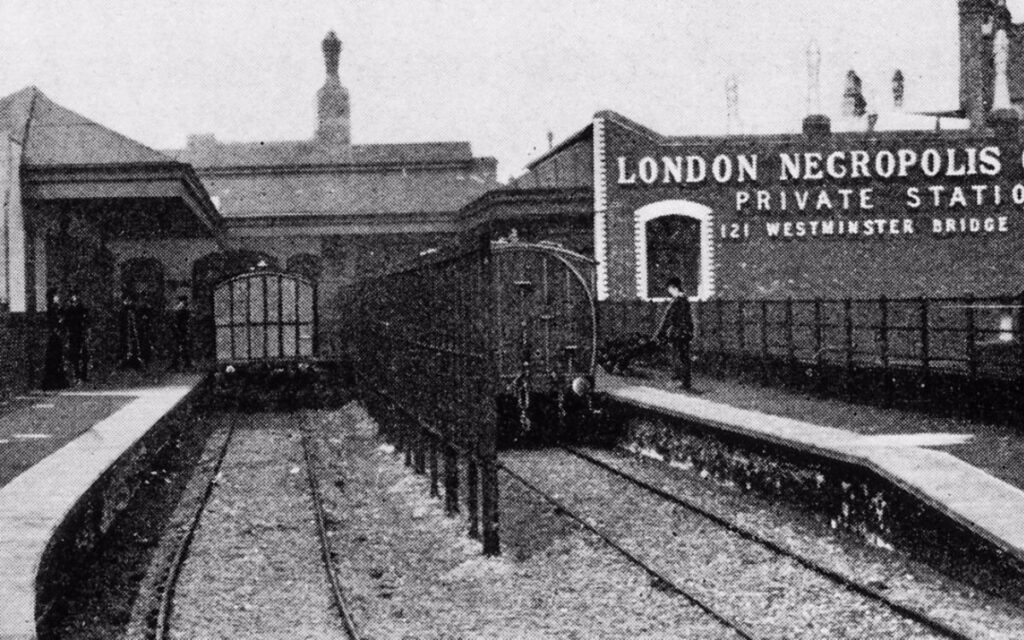
In Victorian London the dead were causing a bit of a stink, literally. In the early 19th century the population of London had more than doubled from under a million people in 1801 to two and a half million in 1851 With churchyards and city cemeteries full to bursting point, it was impossible to dig a grave without cutting through a previous one.
Some older burials were exhumed to make way for new graves, the contains being scattered throughout the grounds. Burials were packed so tightly within the earth that heavy rainfall began to bring coffins and even remains to the surface. Decomposing bodies contaminated the water supplies for the city, causing regular epidemics of cholera and typhoid which put further strain on London’s burial system.
In 1849 parliament ordered the closure of all the overcrowded cemeteries in London and a search was commissioned to find a suitable site outside of the city to receive further burials. It was then that Brookwood Cemetery in Brookwood Surrey, 25 miles from the centre of London, was created by The London Necropolis Company. Set in 2,000 acres of beautifully landscaped Surrey countryside, Brookwood cemetery was consecrated and opened to the public in 1854 and at that time was the biggest cemetery in the world, while this is no longer true, it is certainly the biggest cemetery in the UK.
However this created another problem. How to transport the deceased and mourners to the graveside. It was decided that via rail would be faster and cheaper. London and South Western Railway (LSWR) had already connected London with Woking in 1838 and it was decided that bodies and mourners would be transported to one of two private stations at Brookwood, South for Anglican burials and North for Non-conformists, along the LSWR mainline. The first London terminus for the cemetery railway was built at Waterloo, close to the Waterloo Bridge Station of LSWR. It was from here in November 1854 the first funeral train departed for Brookwood for the burial of stillborn twins of Mr and Mrs Hore.
The London Necropolis Company Offers Funerals
The London Necropolis Company offered three classes of funeral. First class at the cost of £2,10s (£172 today) offered the choice of gravesite anywhere in the cemetery, special coffin specifications and the right to erect a permanent memorial. Second class at £1 (£69 today) allowed some limited control over burial site and the right to erect a permanent memorial at the extra cost of 10s. If no memorial was erected the LNC reserved the right to reuse the grave in the future. Third class were paupers funerals paid for by the deceased’s parish and located in dedicated areas of the cemetery. Third class were not granted the right to erect any memorial.
The ground floor of the Waterloo station contained the grand entrance hall and staircase for those attending first and second class funerals. Where as a smaller less grand entrance hall and staircase were provided for those attending third class funerals. There were 9 waiting rooms for first and second class mourners, some of these were used to hold funeral services for mourners unable to attend the chapel or graveside at Brookwood. The brick arches of the LSWR viaduct were used as mortuaries and store bodies, a steam powered lift conveyed coffins up to the platforms. Due to increasing railway traffic and a proposed expansion of the Waterloo Bridge Station it was decided that a new terminus for the cemetery railway would have to be found. A site for the second station was identified in 1896 in Westminster Bridge Road and the building was completed in 1902.
The ground floor of the tall narrow building at 188 Westminster Bridge Road was taken up by a large arch incorporating a large driveway, a waiting room and the general offices for the London Necropolis Company. First and second class mourners would enter the station via this archway. Third class mourners were to enter the station from a secondary entrance in Newham Terrace. Third class mourners were separated from the first and second classes on the platforms by a large glass screen.
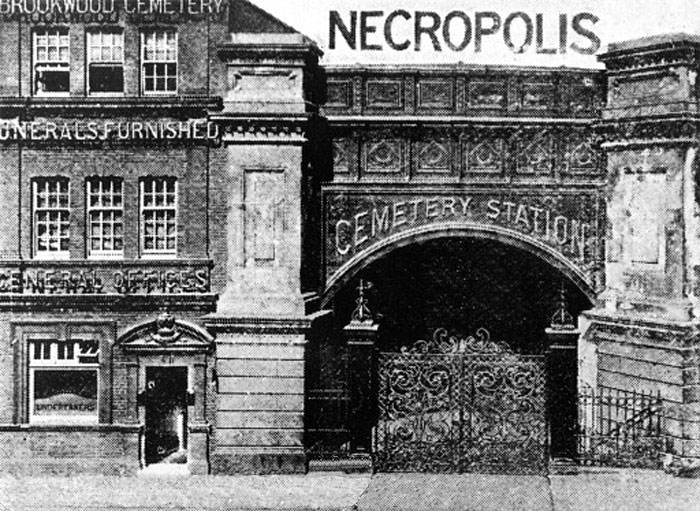
Trains continued to run from the Westminster Bridge Road Station until the April of 1941 when the station suffered bomb damage by enemy action. While the building remained intact the LNC rolling stock and the railway line was rendered unusable. The last funerary train to run was that of Chelsea Pensioner Edward Irish on 11th April 1941.
After the war ended the LNC held a meeting to consider the fate of the cemetery railway, There it was decided that it was not financially viable to reinstate the station at Westminster Bridge Road. While the building at 188 Westminster Bridge Road still stands to this day, the stations and platforms along with the rail lines were removed from Brookwood Cemetery by 1976.
Perhaps on dark and misty mornings, those trains still run.
For more creepy topics from Berkshire’s NICOLA CARPENTER, you can read her blog here.


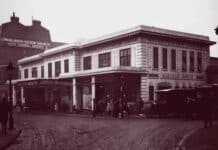
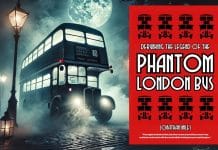

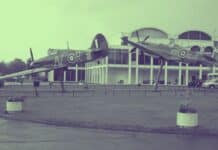
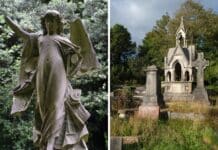
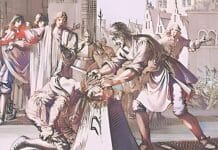
The Necropolis Railway has fascinated me for a long time and I’d love to visit Brookwood Cemetery at some time. I first heard about this service in the novel The Necropolis Railway by Andrew Martin which is a great little detective story.
Interesting article about the London Necropolis Railway Station for the Dead.